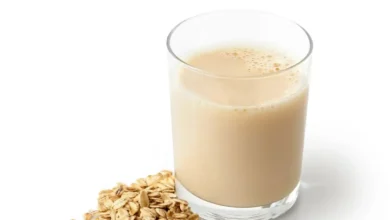How to stop the freezing of your food in your fridge
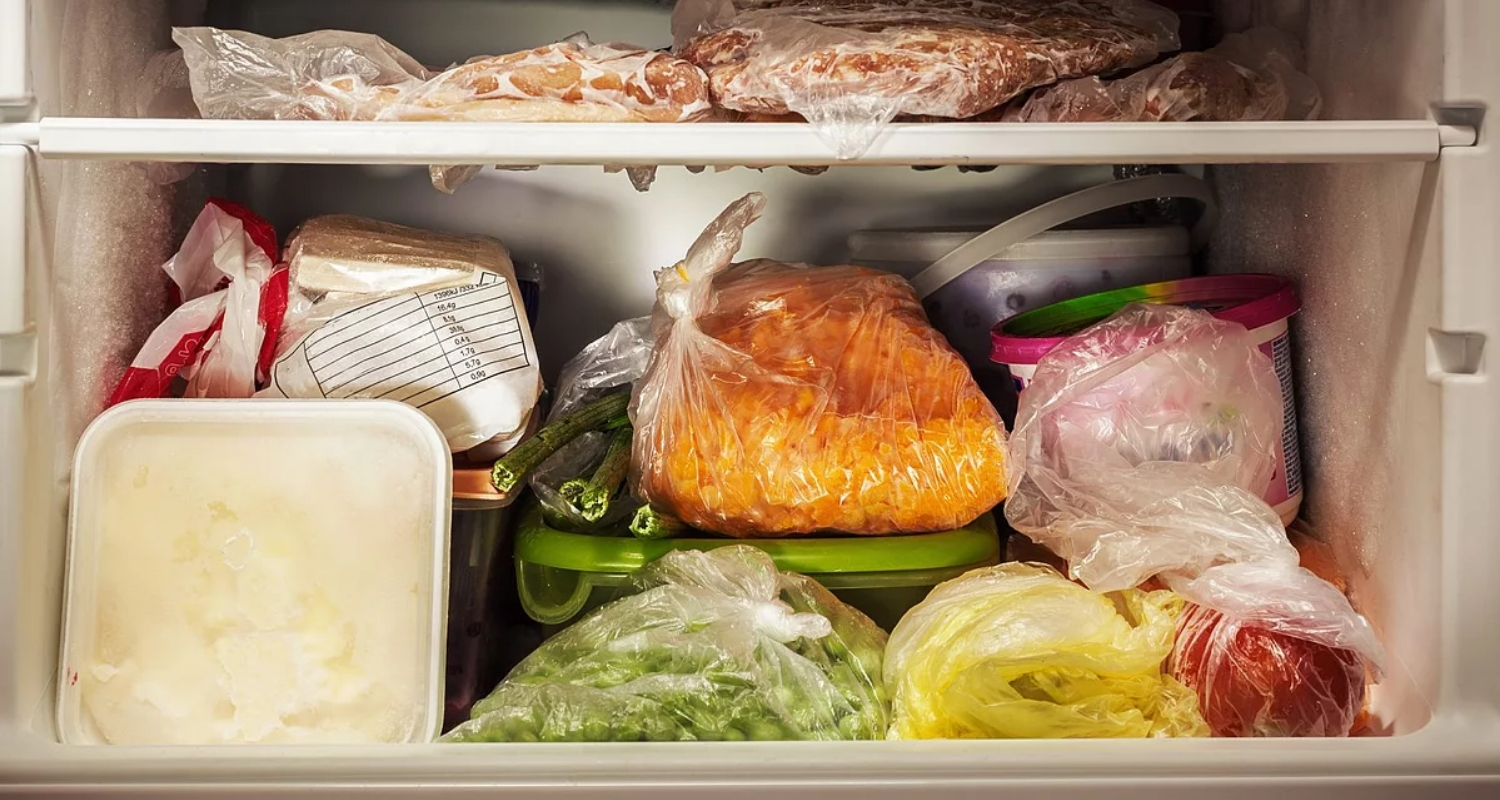
Each of us has had the misfortune of opening the refrigerator to see our priceless box of blueberries frozen. Food that has been unintentionally frozen may be dangerous, whether it be fruit, vegetables, meat, or even dairy. Your perishables may still be edible (particularly if you’re heating them), but the expansion of water molecules brought on by freezing may radically change your cuisine.
However, there are a few precautions you can take to avoid inadvertent food freezing before you scream at your refrigerator and tear your hair out. We’ll go through each safety measure for every refrigerator compartment, from the crisper drawer to the top shelf. Although we can’t promise you won’t need a repairman, you’ll at least be able to rule out the more apparent issues.
1. Check the Fridge Settings
Before you do anything, check your fridge’s temperature settings. The dial isn’t always the most accurate method of regulating temperature, so even if it seems like it’s sufficiently high there may be other factors conspiring to freeze your food.
If the temperature setting is too low, then you’ll obviously want to turn it up a bit. Just be careful you don’t set it too high. (The ideal set temperature range for the interior of your fridge is 38-42°F.) The last thing you want is for your food to get too warm and become a haven for bacteria and other opportunistic microbes.
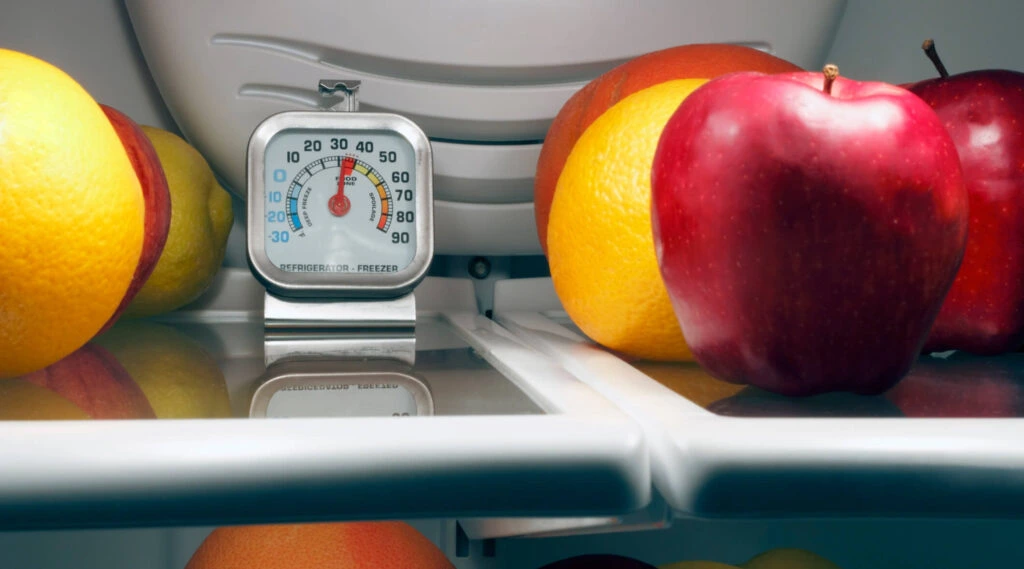
If your fridge is getting old or not that good to begin with, using a separate thermometer may give you a more accurate reading. You can find cheap analog thermometers or fancier digital wireless versions that allow you to monitor the temperature without even opening the door.
2. Identify Problem Areas
If your food is still freezing even after turning up the temperature settings, try to determine the area of the fridge where it’s occurring. According to GE, the most common problem areas are the top shelf, the bottom of the fridge (crisper drawers and meat pans), and door shelves.
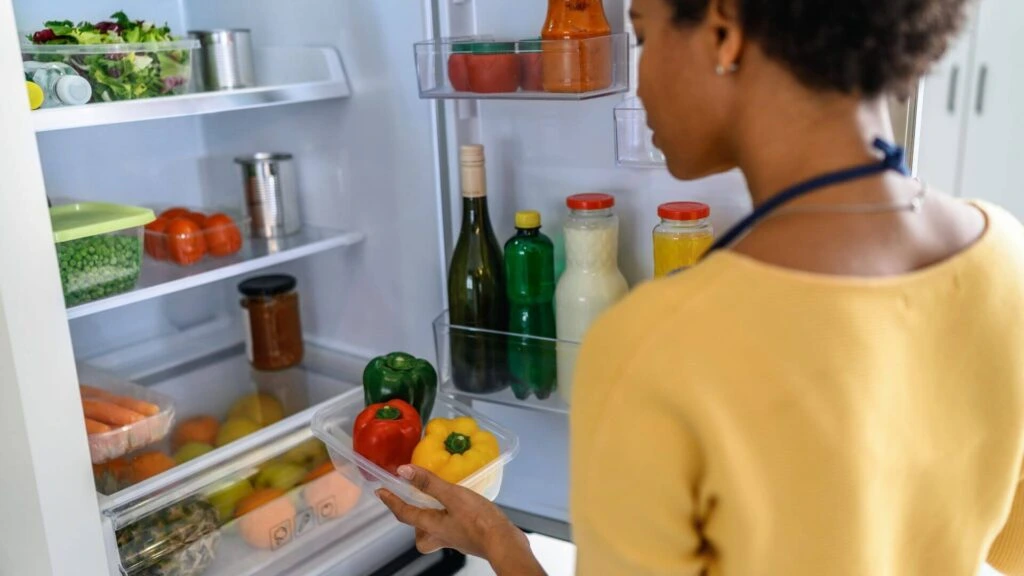
As long as it’s confined to one area, it should be pretty simple to remedy. All you have to do is keep your most temperature-sensitive foods out of that area. However, if the fridge cavity overall is still too cold, there may be a more serious issue at hand.
3. Keep Food Away From Vents
Once you’ve determined the problem area, check to see if it’s near a vent. Most fridges have a cooling vent above or on the side of the top shelf. This is where most of the cold air comes from, so keeping food away from here may prevent freezing. (A five-inch radius should do the trick.)
If the problem area is a door shelf, you may want to adjust its position. Some side-by-side refrigerators (particularly older models) feature a vent that funnels cold air from the freezer into the fridge. This outlet is usually located on the wall that separates the fridge and freezer, and will likely blow freezing cold air all over everything around it. Relocate the shelves to avoid this cold air.
If you have a bottom-freezer model and you notice that the problem area is around the bottom of the fridge compartment, then it is almost certainly due to air venting from the freezer. However, it may also be due to a simple lack of food in the fridge! (More on that below.)
4. Check the Freezer Settings
So you’ve moved your food away from the vents but it’s still freezing? The problem might still be the freezer. As mentioned, there are a lot of factors at play, one of which is your machine’s freezer-orientation, and a bottom-freezer fridge may be particularly troubling. Remember from science class that heat rises, so the bottom section of the fridge is probably going to be the coldest.
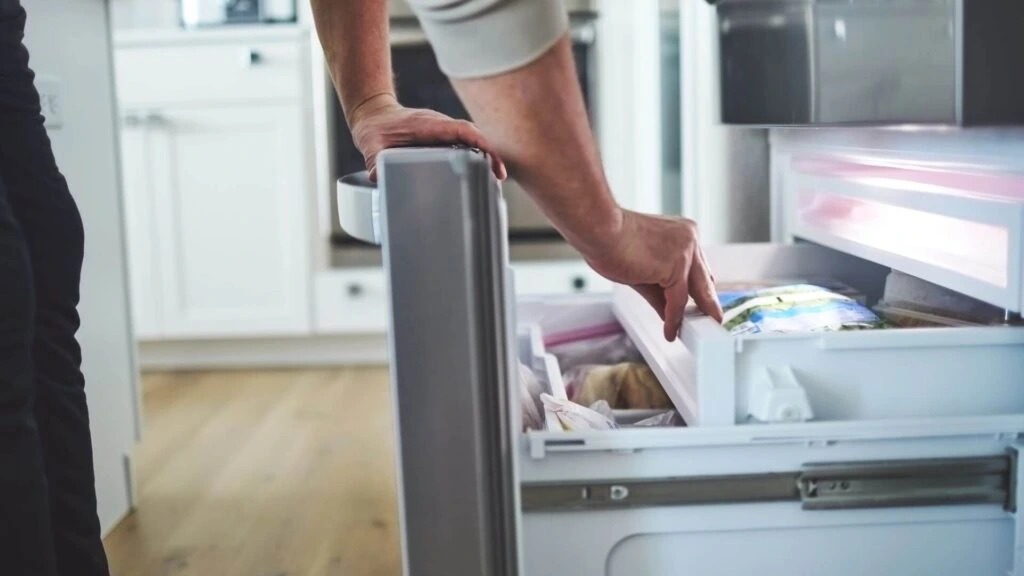
One solution is to slightly turn up your freezer temperature settings, although you should be careful not to raise it too high. Anything north of 0°F will facilitate bacterial growth and accelerate food spoilage—yes, even in a freezer!
Another option is to make sure that your ice maker is not constantly running. This could also make your freezer too cold and subsequently cause your refrigerated foods to freeze.
5. Store More Food!
This may seem like a dumb solution, but it’s actually valid. GE explains how if the food at the bottom of your fridge keeps freezing, it could simply be because your fridge isn’t fully packed.
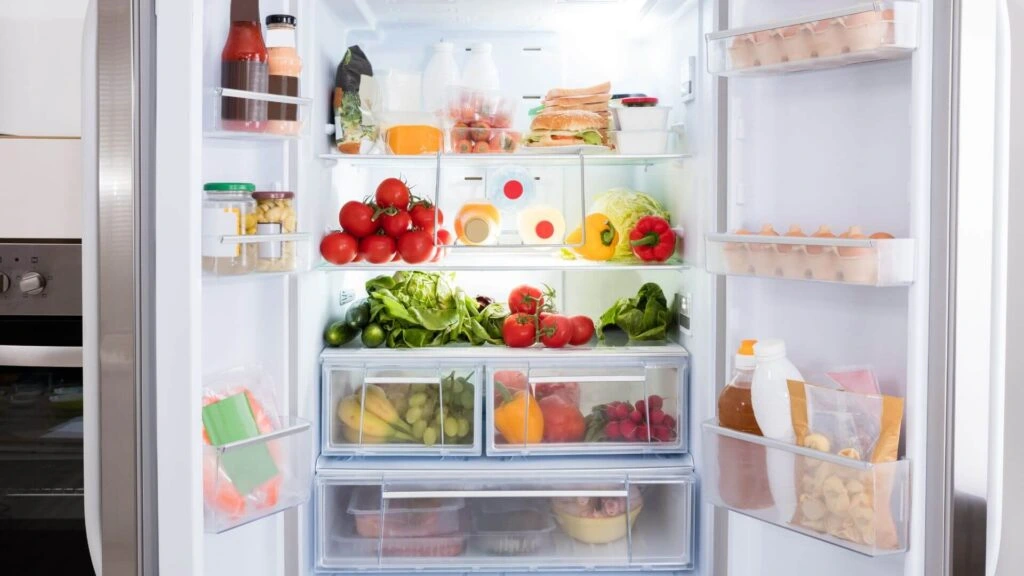
Refrigerators need to be well-stocked to absorb all of the cold air being vented into the cavity. If it is relatively empty, all of the cold air will sink to the bottom of the cavity and freeze your food. So just keep it filled!
As an added bonus, a fully stocked fridge will help maintain temperatures—especially in the freezer—and, as a result, use less energy. This is good for your utility bill.
6. Contact the Manufacturer
If you’ve done all of the above and your food is still freezing, then there is most likely a mechanical issue that will require a refrigerator repair. From the thermostat to the damper to the control panel, there are a lot of parts that may be malfunctioning.
Your best bet is to check if your fridge is still under warranty and to contact either the manufacturer or the retailer that sold it to you. They can send out a service representative to determine what’s wrong with the fridge. If it’s no longer under warranty, you’ll need to contact your local appliance repairman.

